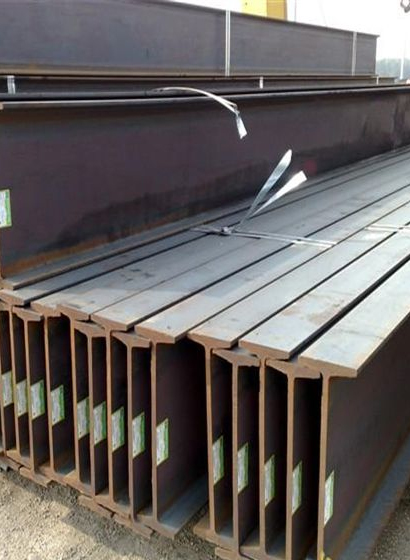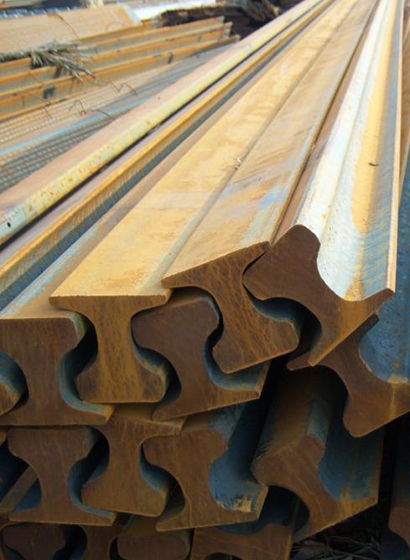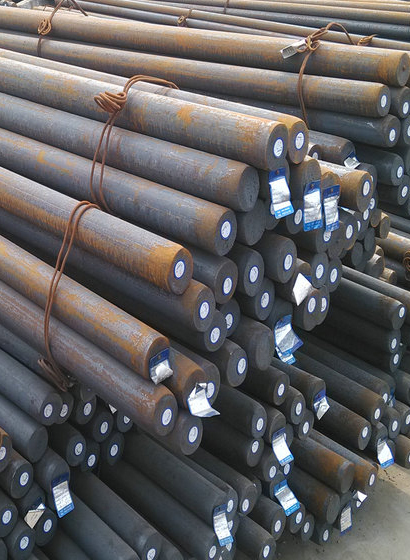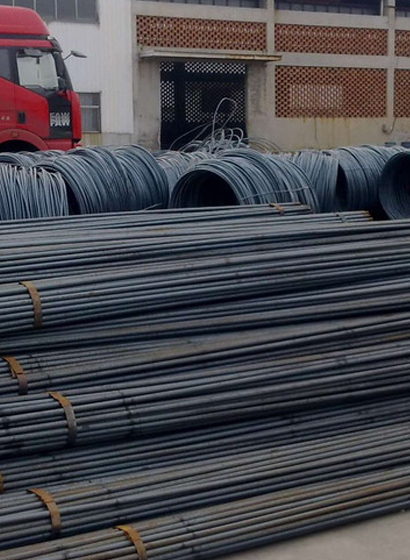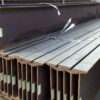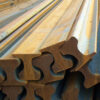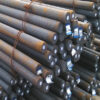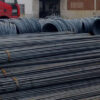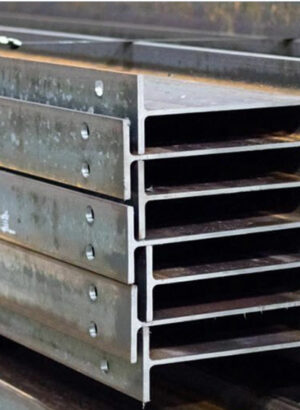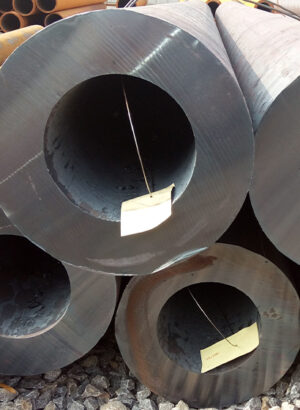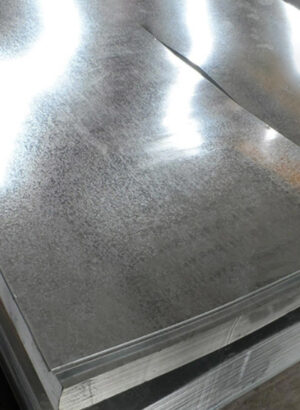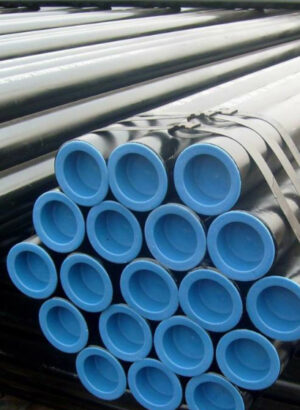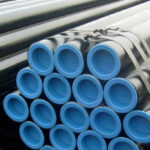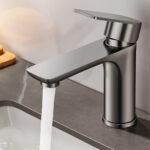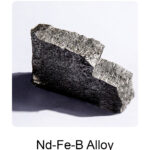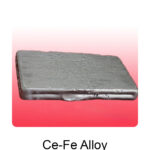I-beam/Steel Rail/Round Steel/Threaded Steel |
|||
| Serial No. | Brand | Delivery standard | Function |
| 1 | Q235、Q345B HRB300、HRB400E HRB500、Q235B 55Q 、50Mn 71Mn 、75V |
GB/T 706-2016 GB 2585-2007 YB/T5055 GB3426 GBT1499.2-2018 GB/T 699-1988 GB/T 700-1988 GB/T 702-1986 |
1、 I-beam I-beam is a type of steel with a shape similar to the “I-shaped” shape, commonly used for support and framing in building structures. I-beam is not a designated material, but a steel specification. It can be produced with a variety of different steel materials, including ordinary carbon steel, alloy steel, stainless steel, etc. Different steel materials can have an impact on the performance of I-beams, such as strength and toughness. I-beam is mainly made of ordinary carbon steel. Carbon steel is a type of steel with a high carbon content, which has high strength and hardness, as well as good wear resistance. However, carbon steel is more prone to corrosion and oxidation, so protective measures need to be taken. 2、 Steel rail 1)Ordinary steel rail Ordinary steel rail is the most commonly used and fundamental type of track on railways. Its main material is 45 # steel, and its total length generally varies from 12 to 25 meters. Ordinary steel rails are suitable for various production workshops, warehouses, mines, and other occasions. 2)Industrial rail Industrial rail is commonly used in environments such as ports. Its main feature is that the side of the steel rail has corners, making it easy to load and unload. Industrial track rails are mainly spliced into a large track, making it easy to load and unload large items. 3)Mining steel rail Mining steel rails are a special type of track for the entire network, usually used in densely populated mining areas. Due to the high tensile force that this type of steel rail will bear during use, the main structural design should aim to withstand the tensile force. 3、 Round steel Due to its excellent properties, round steel has been widely used in various fields and occasions. For example: 1) Manufacturing mechanical components: Round steel can be used to manufacture various mechanical components, such as bearings, transmission gears, shafts, etc. 2)Construction and auxiliary materials: Round steel can be used to manufacture steel bars for construction, and can also be used as building and auxiliary materials. 3)Manufacturing automotive components: Round steel can be used to manufacture automotive components, such as steering rods, transmission shafts, wheel axles, etc. 4)Others: Round steel can also be used to manufacture various springs, bolts, etc. 4、 Threaded steel 1)Housing construction: Threaded steel is mainly used for beams, columns, slabs and other components of housing construction to withstand the tensile force during concrete pouring. The combination of threaded steel bars and concrete is stronger, which helps to improve the overall stability of the building. 2)Bridge engineering: In bridge engineering, threaded steel is used to withstand the tensile forces in bridge structures, such as continuous beams and large frame structures. In addition, it is also used for prestressed concrete structures of bridges to improve their bending resistance. 3)Road and tunnel engineering: Threaded steel plays an important role in road and tunnel engineering, used to withstand the tensile forces of components such as roadbed, pavement, and tunnel lining. |
I-beam/Steel Rail/Round Steel/Threaded Steel
1、High strength: Whether made of carbon steel, alloy steel, or stainless steel, I-beams have high strength and can withstand large loads.
2、Good seismic resistance: I-beam has a compact shape, low center of gravity, and a sturdy structure, which can maintain stability under external impacts such as earthquakes.
3、Easy to process: I-beams have regular shapes, customizable lengths, and are easy to cut, bend, and connect for processing.
4、Poor corrosion resistance: Carbon steel I-beams are prone to rusting and require anti-corrosion treatment, otherwise rust and damage may appear on the surface.
ZQYH could provide you with various customized products according to your needs.

